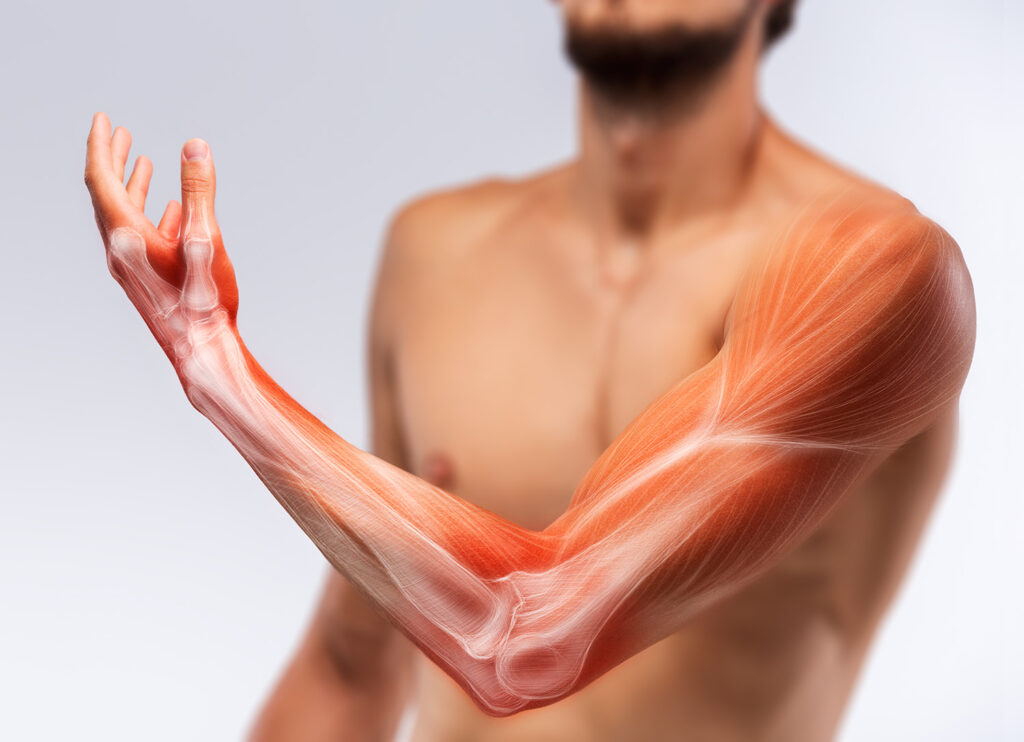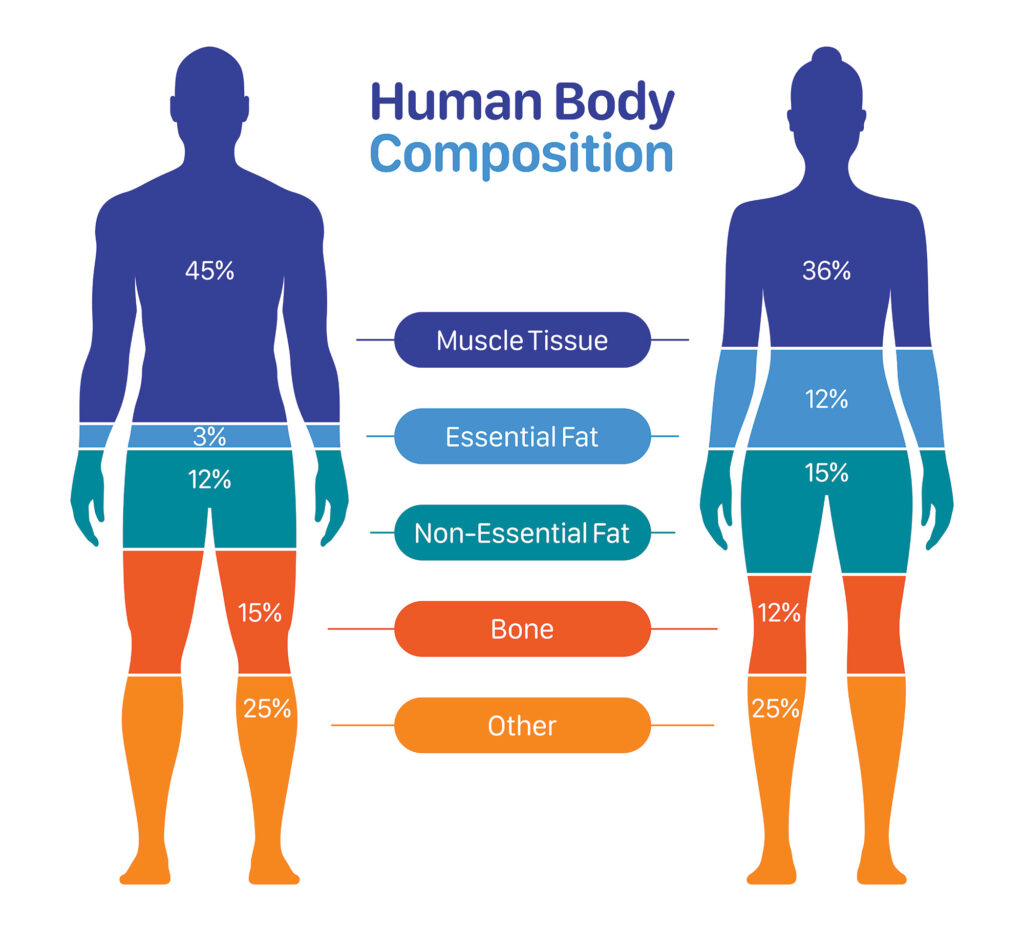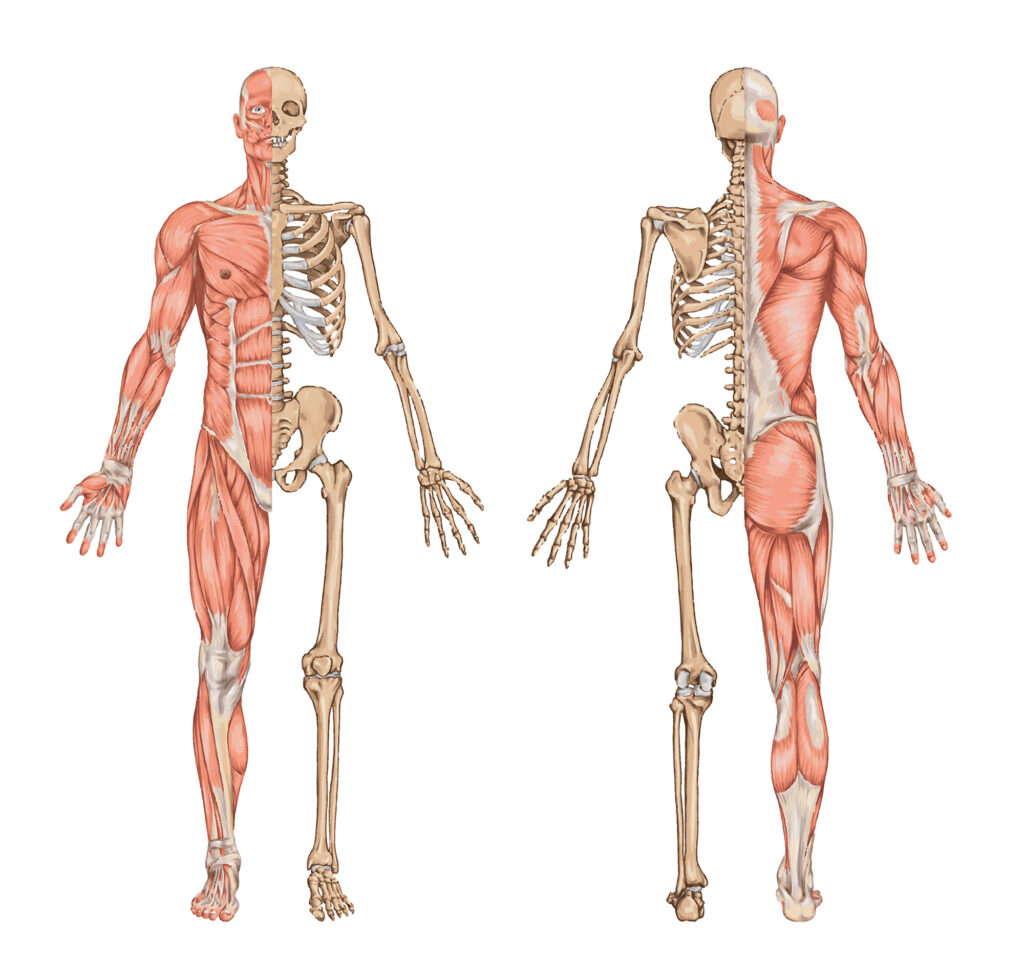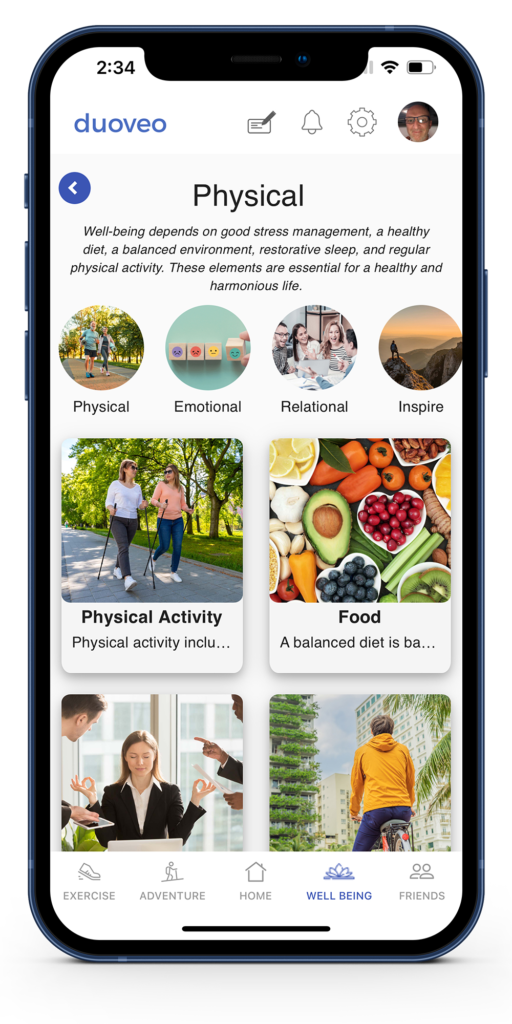You’ve probably heard that moving more is essential for weight loss. But do you know why physical activity is so crucial for weight management and body composition? Spoiler alert: it’s not just about burning calories. Let’s dive into the mysteries of the body and discover how a little sweat can transform not only your physique but also your overall health.
1. Metabolism in Motion: Burning More Than Meets the Eye
Metabolism! This internal engine keeps our bodies running, even when we’re lounging on the couch. Your basal metabolism— the energy your body uses at rest—is a key factor in weight management. But that’s only part of the story.
Physical activity stimulates your metabolism in a much more subtle and effective way. True, exercise burns calories, but did you know that this energy expenditure doesn’t stop once you finish your workout? After an intense session, your body continues to burn energy to recover, repair muscles, and restore glycogen levels. This phenomenon, known as Excess Post-Exercise Oxygen Consumption (EPOC), can last for hours, or even all day, after sustained physical effort. The more intense the activity, the more pronounced the EPOC effect, meaning you burn extra calories without even realizing it.
2. Muscles in Action: The Key to Body Composition

Managing weight isn’t just about the number on the scale. You might lose pounds but still not be satisfied with your appearance. Body composition, which refers to the proportion of fat to muscle mass, is actually a better indicator of health.
Exercise, especially resistance training, plays a crucial role here. When you lift weights or perform resistance exercises, you build muscle. And guess what? The more muscle you have, the more calories your body burns, even at rest! In other words, muscle is a powerful ally in the fight against excess weight. It not only shapes your body but also boosts your basal metabolism, meaning you burn more calories day in and day out.
Additionally, unlike fat, muscle is denser and occupies less space in the body. This is why two people who weigh the same can have drastically different body shapes depending on their muscle mass and body fat percentage. Therefore, the goal isn’t just to lose weight but to achieve a firmer, healthier body.
3. Cardio vs. Strength Training: Why Choose When You Can Have Both?
When it comes to selecting the type of exercise for weight management, the debate between cardio and strength training rages on. The good news: you don’t have to choose! Each of these activities offers unique benefits for weight management and body composition.
Cardio, whether running, swimming, or cycling, is excellent for burning a large number of calories in a short period. It also improves your cardiovascular fitness, helping you feel more energetic daily. However, don’t fall into the trap of only doing cardio and neglecting strength training, which could lead to muscle loss along with fat loss.
On the other hand, strength training is the secret to a sculpted physique and a top-notch metabolism. It helps maintain muscle mass during weight loss, strengthens bones, improves posture, and reduces the risk of injuries. The best strategy is to combine both types of exercise: a mix of cardio to burn calories and strength training to build muscle and boost metabolism.
4. The Role of Hormones: How Exercise Balances Everything
Hormones! These tiny molecules act as conductors in our bodies. They can be our best allies or our worst enemies when it comes to weight management. Fortunately, physical activity naturally helps keep them in check.
Take insulin, for example, the hormone that regulates blood sugar levels. Excess insulin can lead to increased fat storage, particularly around the abdomen. Physical activity, especially endurance exercises like running or brisk walking, improves insulin sensitivity, thereby reducing the risk of diabetes and enhancing weight management.
Then there are stress hormones, such as cortisol. Chronic stress can lead to weight gain, especially around the belly, and hinder your weight loss efforts. Regular exercise helps lower cortisol levels, promoting better weight regulation.
Plus, exercise stimulates the production of endorphins—those “feel-good” hormones that make us feel good both physically and mentally!
5. Beyond the Physical: The Psychological Benefits of Exercise
While exercise is fantastic for your body, it’s equally beneficial for your mind. This directly impacts your ability to manage weight. Physical activity is a powerful tool against stress, anxiety, and depression—three factors that can lead to unhealthy eating behaviors and weight gain.
When you exercise, your brain releases neurotransmitters like serotonin and dopamine, which enhance mood and increase feelings of well-being. This can reduce emotional eating cravings often triggered by stress or sadness. Additionally, exercise improves sleep quality, another key factor in weight management. Good sleep regulates hunger hormones like leptin and ghrelin, helping you better control your appetite throughout the day.
6. The Pitfall of Diets Without Exercise: Why It’s Not Enough

Relying solely on restrictive diets to lose weight might seem tempting, especially if you want quick results. But beware, this approach has many pitfalls. First, drastically cutting calories can lead to muscle loss along with fat loss, slowing your metabolism and making long-term weight loss more challenging.
Without exercise, you also don’t promote good body composition. Even if the scale shows fewer pounds, you might notice a loss of muscle tone, decreased energy, and rapid weight regain once you return to normal eating. The yo-yo effect, anyone?
Incorporating exercise into a weight loss plan not only burns more calories but also preserves, or even builds, muscle mass, ensuring sustainable weight loss and improved body composition. It also prevents the monotony of a strict diet, adding enjoyment and variety to your daily routine.
7. The Snowball Effect: Overall Better Health
Ultimately, exercise isn’t just about weight loss. Its benefits extend to all aspects of your health. Regular physical activity reduces the risk of chronic diseases such as heart disease, type 2 diabetes, and certain cancers. It also enhances blood circulation, strengthens the immune system, and aids digestion.
Moreover, exercise promotes longevity by maintaining muscle and bone mass as you age, preventing falls, and improving overall quality of life. And that’s the real jackpot!

8. Practical Tips for Integrating Exercise into Your Routine

Now that you’re convinced of the benefits of physical activity, it’s time to take action! Here are some tips for integrating exercise into your daily routine without making it a chore:
1- Start Small but Consistent: You don’t need to spend hours at the gym from the get-go. Even 20 to 30 minutes of moderate exercise per day can make a huge difference. The key is consistency.
2- Mix It Up: Vary your activities to avoid boredom. Alternate between cardio, strength training, yoga, or even fun activities like dancing or rollerblading.
3- Incorporate Exercise into Your Daily Life: Take the stairs instead of the elevator, walk to work, or do some stretching during breaks. Every little bit counts!
4- Exercise with a Group: Joining a group or working out with friends can make exercise more enjoyable and help keep you motivated.
5- Don’t Neglect Recovery: Rest is essential for allowing your body to regenerate. Good sleep and rest days are just as important as the exercise itself.
Conclusion
Physical activity is much more than a mere tool for weight management. It’s the key to a balanced body composition, an active metabolism, and overall well-being. By combining cardio, strength training, and a balanced diet, you maximize your chances of achieving your dream physique while ensuring excellent health. So, are you ready to lace up your sneakers and embark on the journey to your best self?
- American College of Sports Medicine. (2022). “The role of exercise in weight management.” Available here
- Harvard T.H. Chan School of Public Health. (2023). “Benefits of Physical Activity.” Available here
- National Institutes of Health. (2023). “Physical Activity Guidelines for Americans.” available here
- Mayo Clinic. (2022). “Exercise and weight loss: The calories burned during exercise.” Available here
- World Health Organization. (2022). “Physical activity.” Available here


